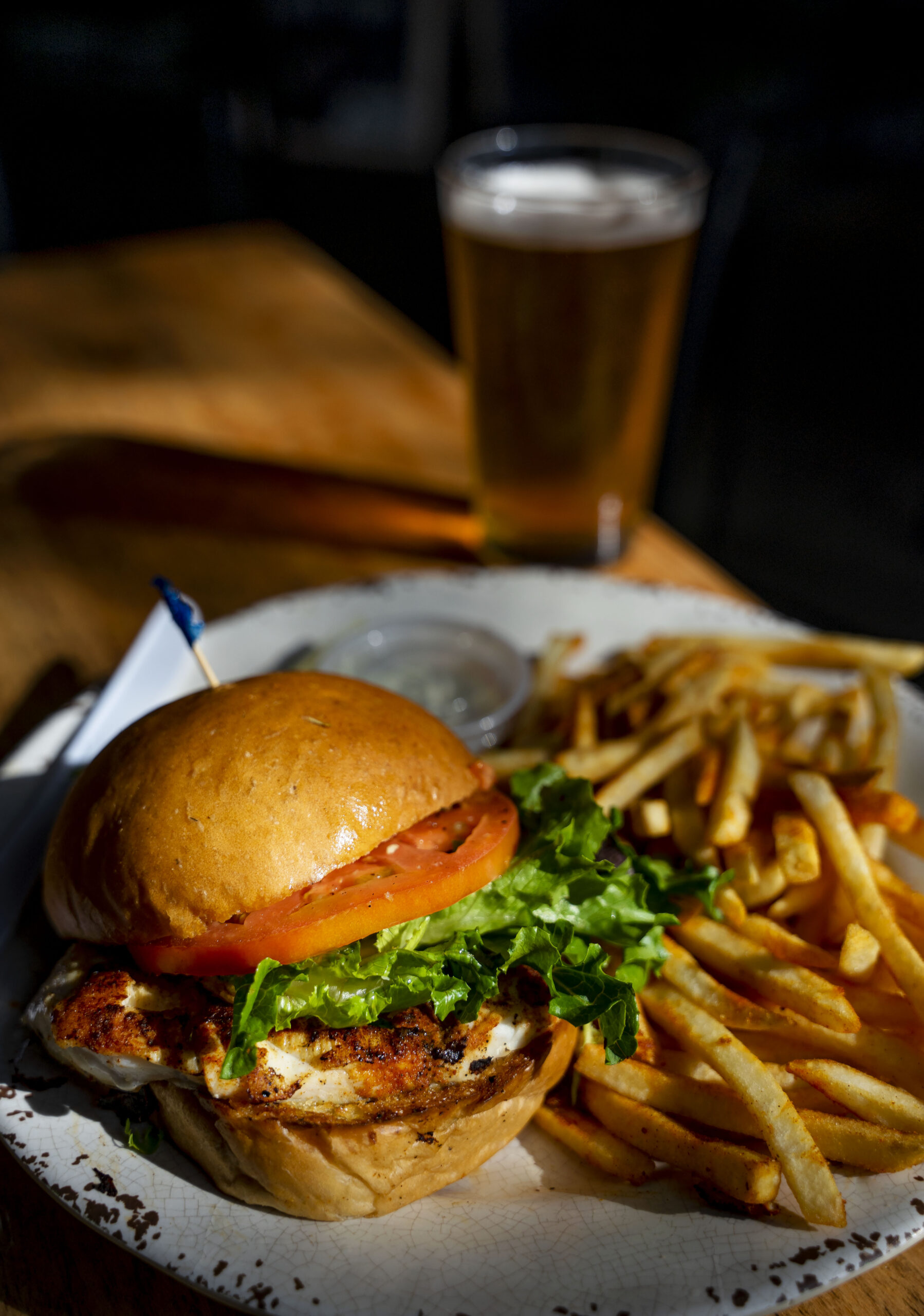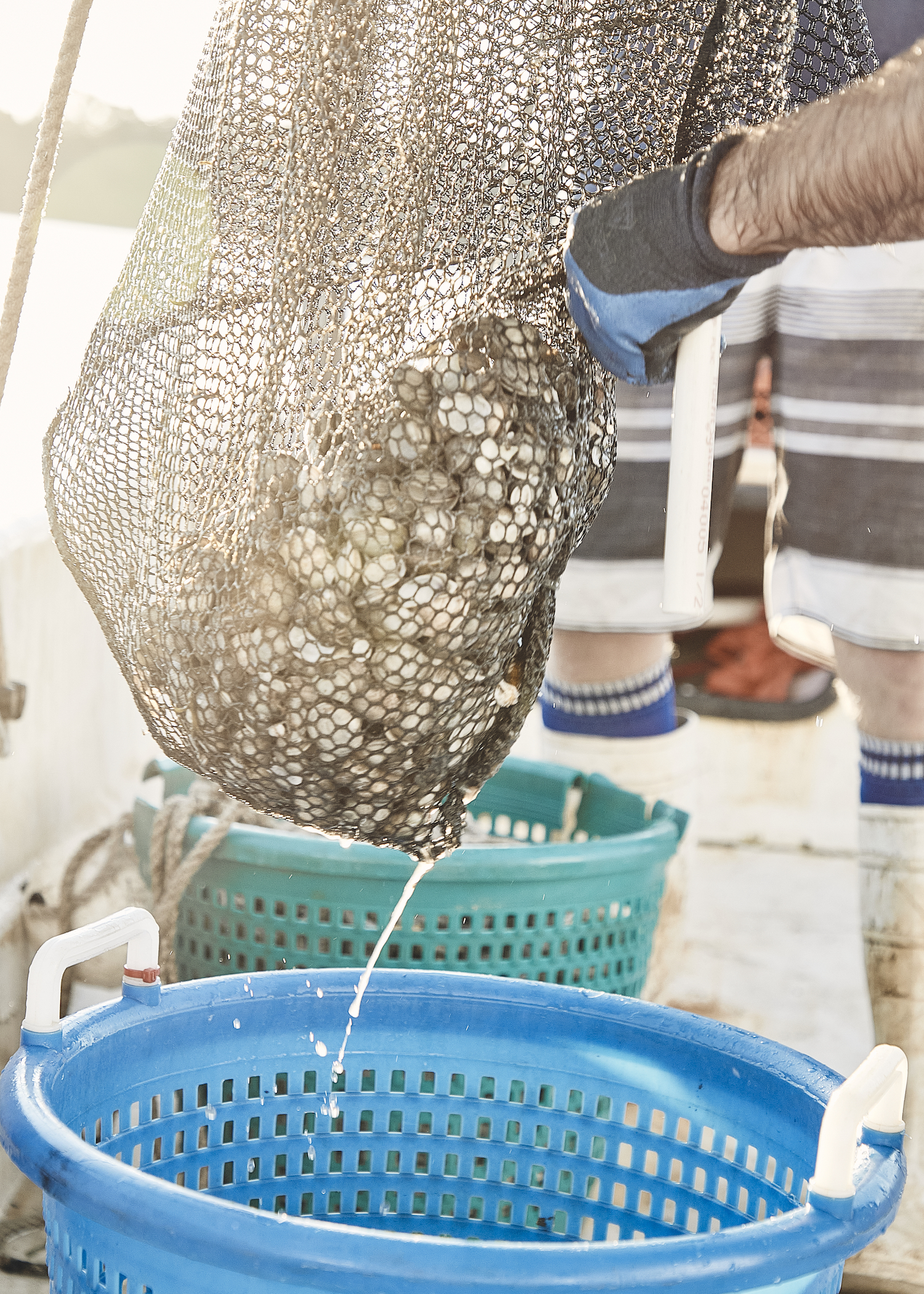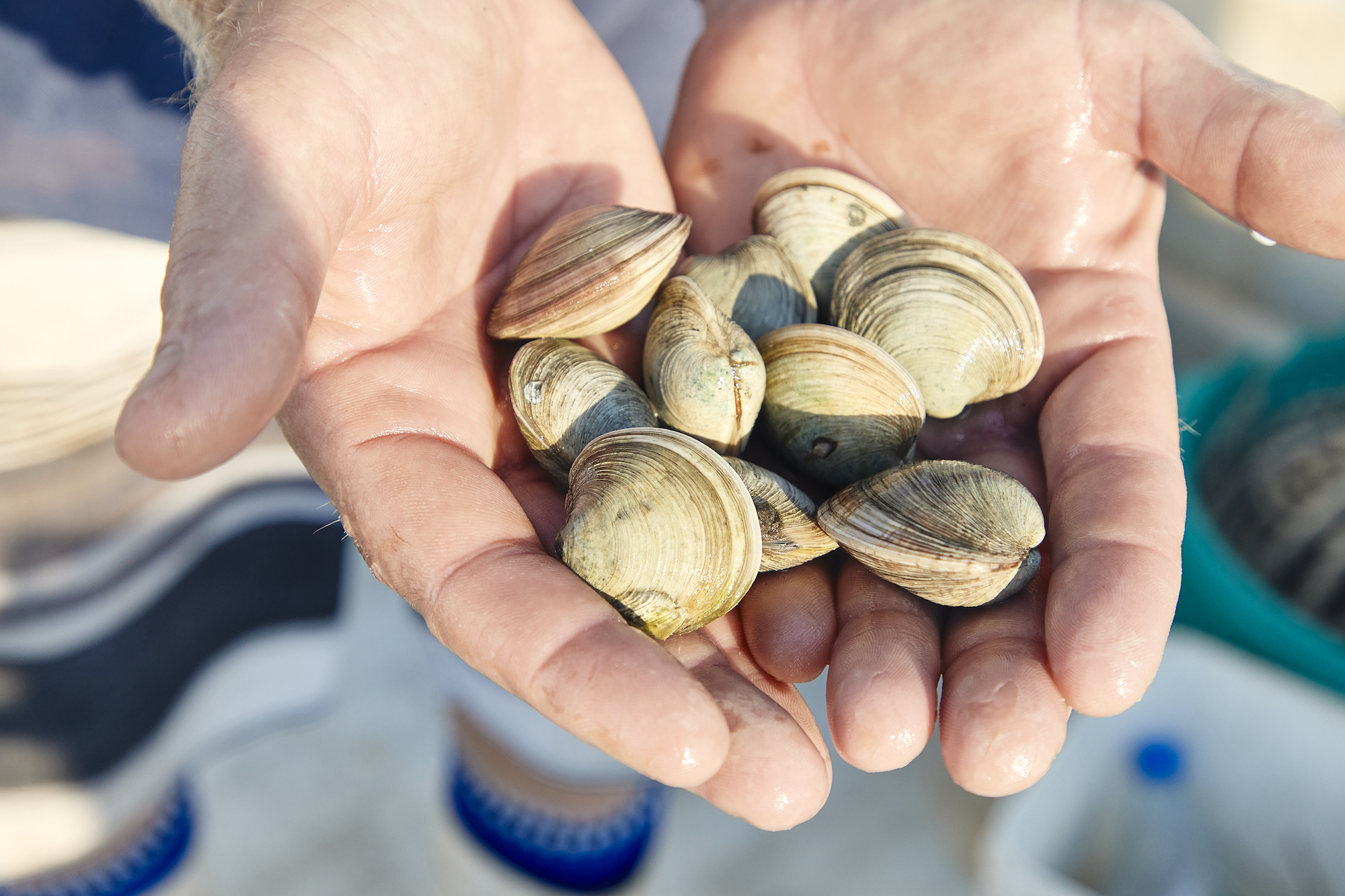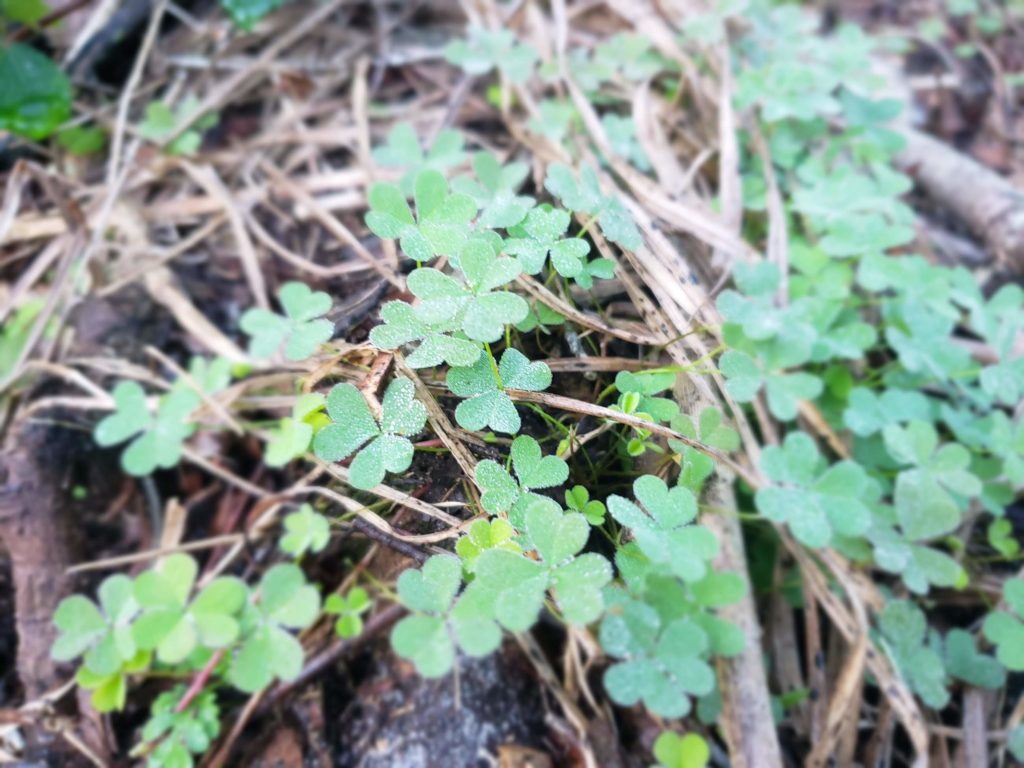
On a cool spring morning, as the fog is lifting, my kids and I can be found stepping across the tree line. We are likely heading out for a hike, a homeschool lesson, or just some wild and free play. Along the way, we’ll nibble on edible finds and collect some more to add to our next meal.
Wild Florida is an abundant landscape, foraging is the original Hide and Seek, and wild foods are an adventure for the palate, as well as the soul. Foraging is an active and fun activity for the whole family. With just a little know-how and care, every age can participate in the fun:
- Be sure to choose an area you know is free from pesticides and weed killers. Hunting the lawns in your neighborhood is not a good idea. A local forest or wild space off the beaten path is better.
- Take a guide or use an app, like iNaturalist, to help properly identify each plant.
- Unless specifically noted, opt for the youngest parts of the plant. Similarly, only eat the part of the plant that is indicated (such as the flower, leaf, or root)
- Have fun! Set aside plenty of time at first and don’t expect to find huge amounts of anything. Start by sprinkling some chopped wild foods on your normal salad to slowly explore the flavors.
The simple salad, a staple at the dinner table, has evolved over the last couple of decades. Heirloom lettuces and tangy herbs have become more widely available—helping to turn this side dish into a flavorful creation. But grocery store finds cannot compete with the taste and nutrition of a Florida Salad. Easily identifiable plants like wood sorrel, dollar weed, dandelion and Spanish nettle can be mixed to make a lovely base or added to common lettuces as an introduction to new flavors.
Early spring in Florida is an abundant buffet for salad greens and edible flowers.
Dandelions are a nutritious plant found in disturbed, sunny areas; when plucked, the leaves exude a bitter white milk.The dandelion is named for the jagged edges of the leaves and the name means “teeth of the lion.” All parts of the dandelion are edible!
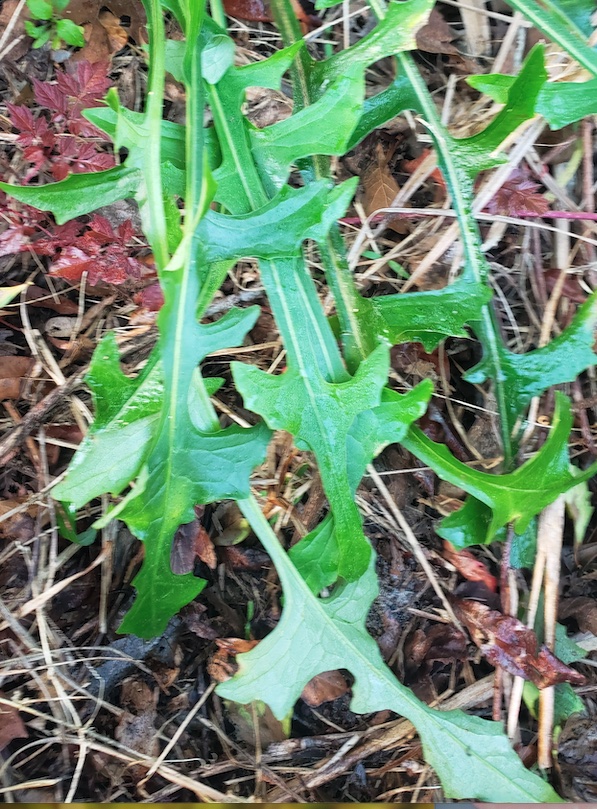
Wood sorrel is often mistakenly called clover. It has three delicate heart shaped leaves arranged in a circle (like a shamrock) and delicate purplish pink or yellow flowers. The leaves and flowers are edible, adding a pleasantly sour lemon essence to your dish.
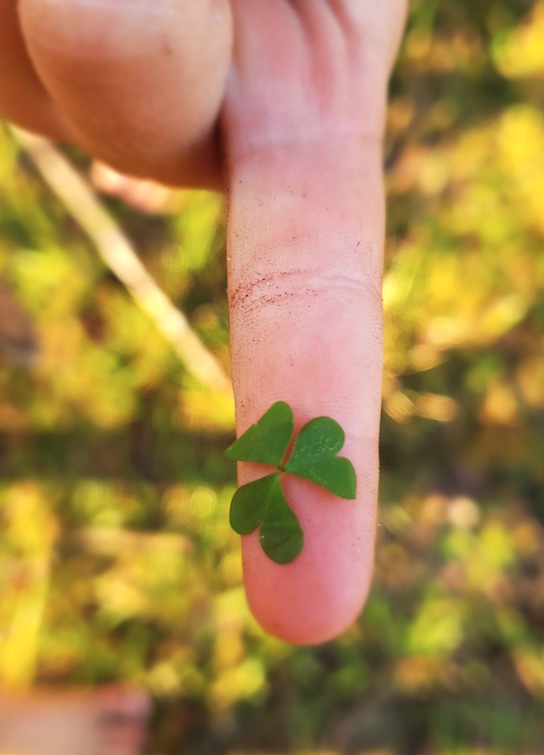
Dollar weed may get a bad name for infiltrating manicured lawns, but it has a great taste and hearty texture in a Florida Salad. Look for the appearance of tiny lily pads along the ground with a single stem that descends from the center.
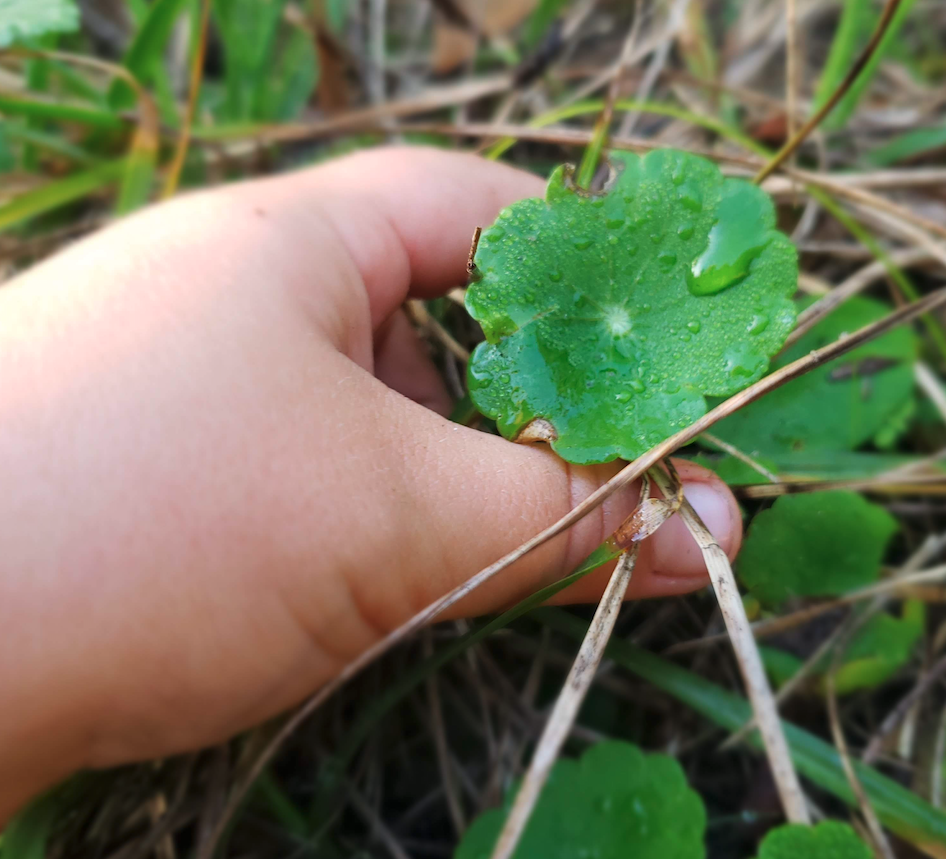
Another easy-to-find plant, Bidens alba (commonly called Spanish nettle), provides beautiful white-petaled flowers with bright yellow centers. These flowers are edible, as are the tasty young leaves, which add a bold, dark green color to your bowl. For identification, notice their position on the stem: opposite and in a single or trifoliate arrangement.
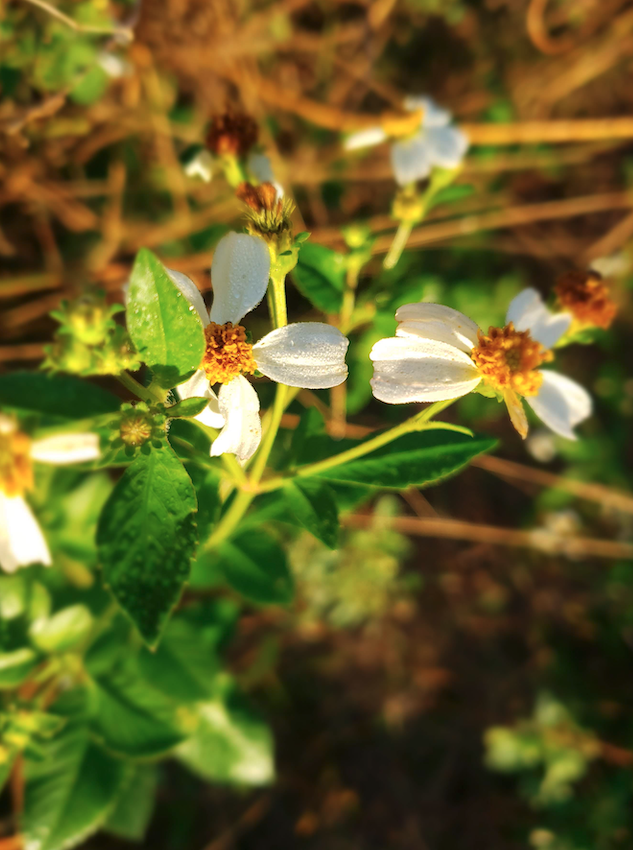
The shapes and colors in a Florida Salad are appealing to the eye and the flowers dress up a weekday dinner, turning it into something special. The unique bitter and sour flavors combined with delicate textures are a uniquely delicious palate experience. A bowl of Wild Florida greens can be topped with some chopped dried mango, toasted sunflower kernels, and a sweet citrus dressing for the complete Florida flavor.



